Kenai Fjords National Park
Daniel A. Leifheit / Getty Images
Kenai Mountains–Turnagain Arm National Heritage Area (Alaska)
Established: 2009
This beautiful and dramatic NHA on Alaska’s Kenai Peninsula showcases the area’s rich history, including land and water routes traveled by indigenous people, corridors used by prospectors and miners looking for gold and other minerals, and dramatic and scenic roads and railroads that now serve the area. It also offers an extensive system of trails for appreciating the area on foot, bicycle and horse. It encompasses Kenai Fjords National Park on the mighty Gulf of Alaska, Iditarod National Historic Trail (a system of trails featuring the iconic 1,000-mile route between Seward and Nome), Seward All American Scenic Highway, and the Alaska Railroad (the Coastal Classic route winds its way south from Anchorage along Turnagain Arm before joining the Kenai Peninsula).
1956 Chevrolet Bel Air convertible at the Henry Ford Museum
The Washington Post / Getty Images
Motor Cities National Heritage Area (Michigan)
Established: 1998
The auto industry is a vital component of American history, culture and economy, and this heritage area tells that story, including the emergence of the big three auto companies and the many ways in which the car has helped shape American society. Encompassing 10,000 square miles in southeast and central Michigan, its attractions include the Detroit Historical Museum, the Henry Ford Museum of American Innovation (exploring how groundbreaking inventions and ideas, such as the automobile, have changed our world), the Gilmore Car Museum (this 90-acre campus includes nearly 200 historic autos, a 1930s service station and a functioning 1941 diner) and a variety of car-related tours and programs run in partnership with local organizations.
Snoqualmie Falls
Cheri Alguire / Getty Images
Mountains to Sound Greenway National Heritage Area (Washington)
Established: 2019
Threatened by booming regional development, Washington’s heritage area has helped preserve and restore the state’s lush forests, rugged mountains, wild rivers, alpine wilderness, flower-strewn meadows and habitat for endangered salmon and other wildlife. Its cultural heritage includes numerous Native American tribes, vibrant cities, small towns and working farms. It encompasses Interstate 90 National Scenic Byway (a dramatic highway that forms the backbone of the NHA, running from the Seattle area through the Cascade Mountains), Snoqualmie Falls (a thundering 268-foot waterfall that’s sacred to the Snoqualmie Tribe), the Pioneer Square–Skid Road and Pike Place Market historic districts (early centers of activity and public gathering places in Seattle), and the Roslyn Historic District (an outdoor recreation community that’s the gateway to the Alpine Lakes Wilderness Area). The NHA spans 1.5 million acres.
Bandelier National Monument
pchoui / Getty Images
Northern Rio Grande National Heritage Area (New Mexico)
Established: 2006
This NHA of 10,000 square miles in north-central New Mexico celebrates its Native American history, the grand landscape of the Rio Grande del Norte, tall mountains, broad mesas, high desert and its rich cultural heritage. Visit Taos Pueblo, an iconic Native American settlement established in the late 13th and early 14th centuries; Santa Fe’s Palace of the Governors (originally constructed in 1610, and now home to the New Mexico History Museum and a Native American art market); Bandelier National Monument, featuring petroglyphs and ancient Native American dwellings carved into soft rock; and several national and state scenic byways.
John Muir National Historic Site
Zachary Frank / Alamy Stock Photo
Sacramento–San Joaquin Delta National Heritage Area (California)
Established: 2019
California’s extensive Sacramento–San Joaquin Delta is widely recognized for its fertile lands, the water it provides to the farmlands of the state’s Central Valley and the homes of millions of Californians, the immigrant communities it attracted, its recreational opportunities, and the ecological productivity of this estuary, one of the largest in the nation. This large NHA of 1,200 square miles includes the John Muir National Historic Site, Big Break Regional Shoreline (a large regional park located on the delta) and Locke Historic District (built in 1915, this is the most complete example of a rural, agricultural Chinese community in the U.S.).

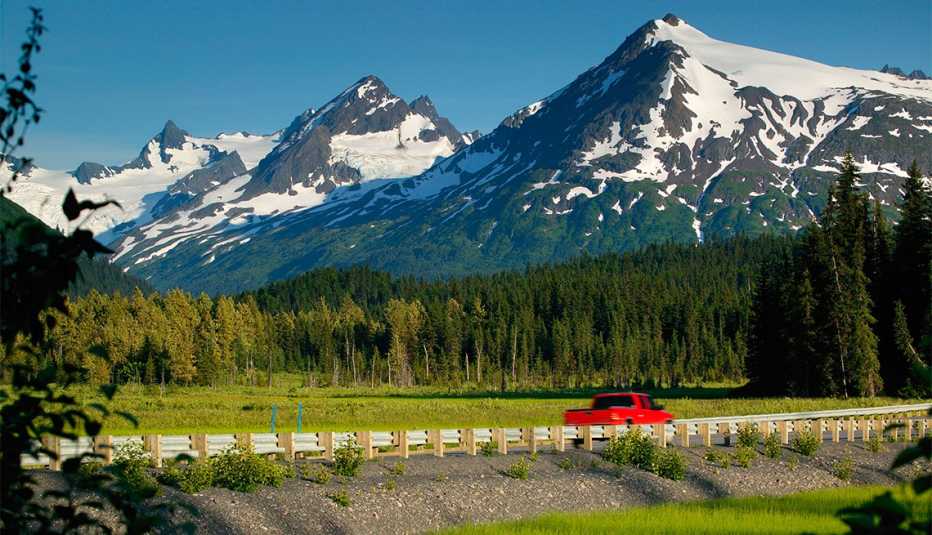































































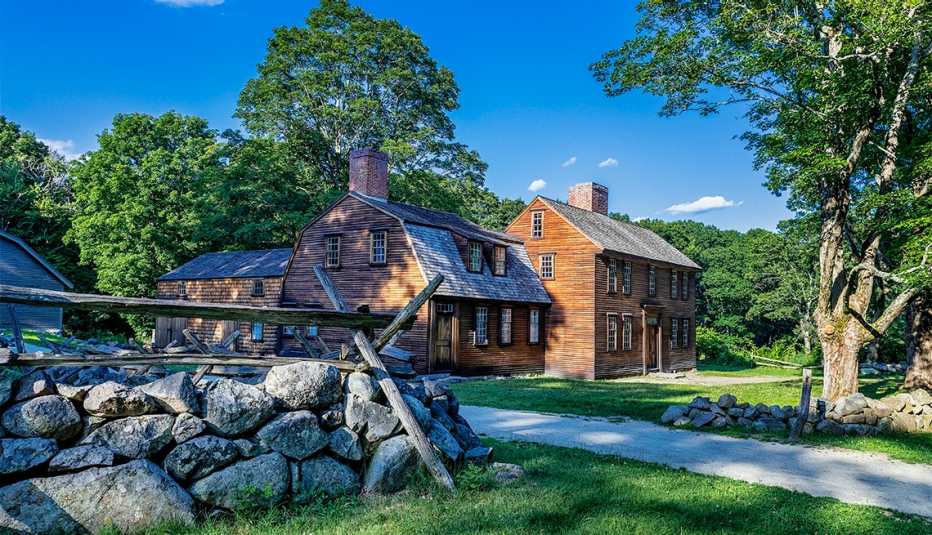
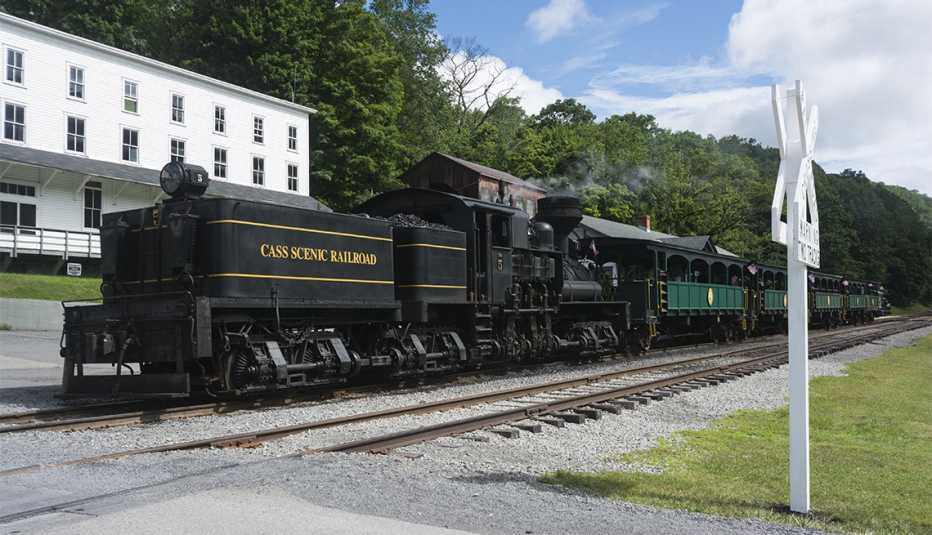
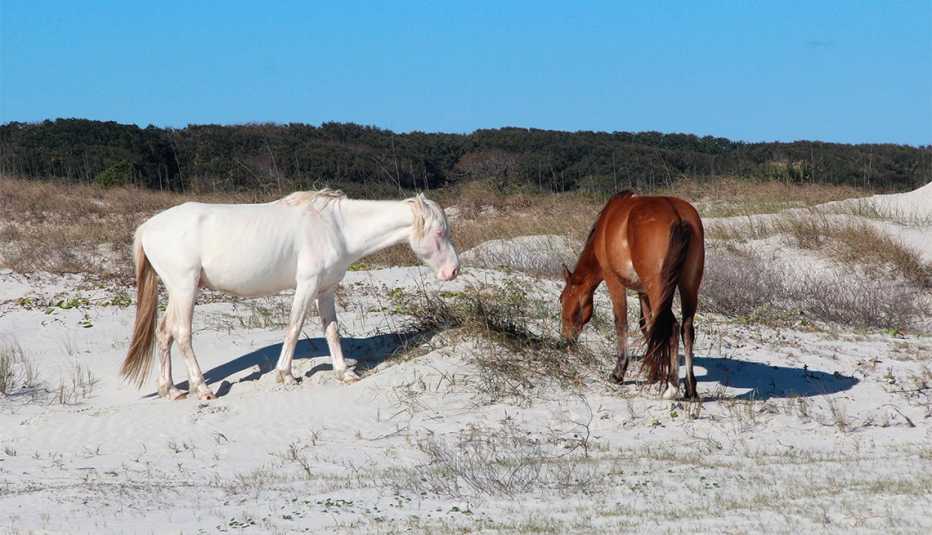



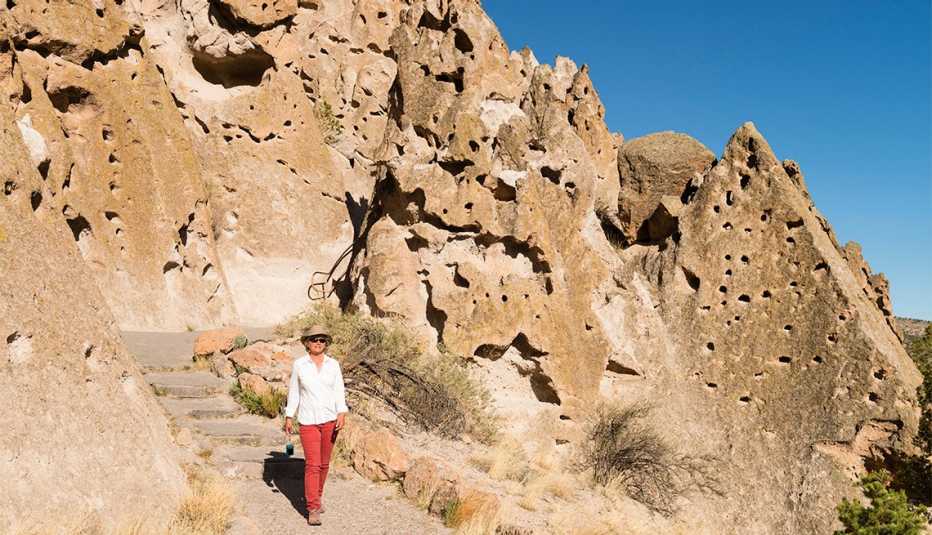





More on travel
Tools for Planning Your Next National Park Vacation
Keep in mind these useful resources when researching and booking your trip10 Tips for Planning a Fantastic Road Trip
Smart prep with room for flexibility can turn an ordinary drive into something special7 Dark Sky National Parks Fantastic for Stargazing
See deep into space at these top spots, including Arches, Big Bend and Grand Canyon
Recommended for You